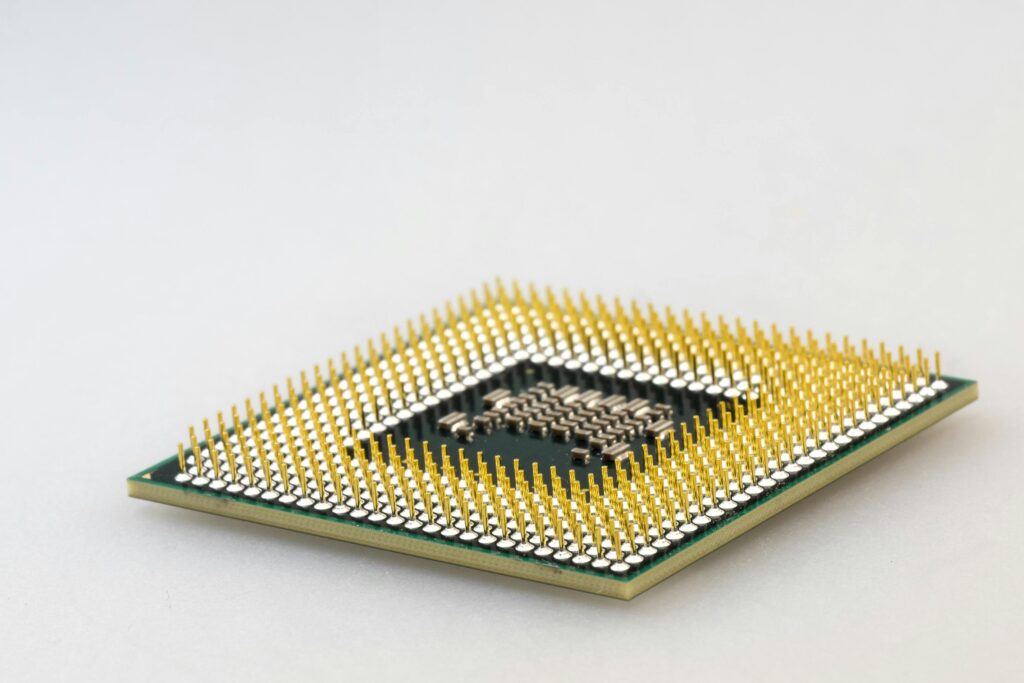A card reader is a small device or built-in tool that reads data from different types of cards most commonly credit/debit cards, SIM cards, or memory cards like SD cards and microSD cards.
In everyday life, you’ve probably used one while shopping, inserting your memory card into a laptop, or setting up your phone with a new SIM. These devices are everywhere—and they’re more important than we often realize.

Types of Card Readers (Explained Simply)
There are several types of card readers based on the type of card they read. Let’s break them down:
1. Memory Card Readers
These are used to read data from:
- SD Cards
- microSD Cards
- CompactFlash Cards
- Memory Sticks
👉 Best Uses: Transferring photos, videos, or documents from cameras, phones, or drones to computers.
✅ Example: A photographer transfers images from their camera’s SD card to a laptop using a USB SD card reader.
💻 Popular Memory Card Readers:
- Anker 2-in-1 USB 3.0 SD Card Reader
- UGREEN SD Card Reader
- SanDisk ImageMate PRO Multi-Card Reader
2. Smart Card Readers
These are designed for cards with an embedded chip (used in banking, healthcare, or government IDs).
👉 Best Uses: Secure authentication, banking access, government ID reading.
💻 Popular Smart Card Readers:
- ACS ACR38 Smart Card Reader
- Identiv SCR3310v2.0 USB Smart Card Reader
3. SIM Card Readers
These are mostly used by tech professionals or travelers to:
- Back up SIM contacts
- Read SMS
- Clone or switch SIM cards
💡 These readers come with software that allows managing mobile SIM cards via a computer.
🧰 Example Tool:
- Dekart SIM Manager
- Mobiledit SIM Clone Tool
4. Magnetic Stripe Card Readers (MSR)
These readers are used in Point-of-Sale (POS) systems and swipe cards like:
- Debit/Credit cards
- Hotel room keys
- Access cards
💳 You swipe the card through a stripe reader, and it reads the magnetic stripe’s data.
🛍️ Popular Options:
- Square Reader for Magstripe
- MagTek USB Swipe Reader
5. Contactless or NFC Card Readers
These support tap-and-pay cards or NFC-based mobile wallets (like Google Pay or Apple Pay).
💡 These are widely used in modern stores, metros, and even offices for smart check-ins.
📱 Trusted Tools:
- Square Contactless and Chip Reader
- PayPal Zettle Reader 2

How Does a Card Reader Work?
Here’s a simple breakdown:
- Insertion or Tap: The card is either inserted, swiped, or tapped.
- Data Reading: The chip, stripe, or embedded memory is scanned.
- Processing: The reader translates this data into digital format.
- Transfer or Action: It either saves the data, opens access, or processes a transaction.
Whether it’s photos from a memory card or funds from your credit card, the reader is the bridge.
Why Are Card Readers Important Today?
Card readers are essential in both personal and professional life:
- 📷 Media: Quickly transfer content from your DSLR or GoPro.
- 🛒 Business: Accept card payments securely.
- 📱 Telecom: Manage or recover SIM card data.
- 🏢 Security: Authorize staff access in offices.
They’re also affordable, portable, and easy to use—even for beginners.
Best Software to Use With Card Readers
Depending on your use case, here are some handy tools:
✅ For Memory Cards:
- Recuva (for data recovery)
- PhotoRec
✅ For Smart Cards:
- OpenSC (open-source software for smart card interaction)
- Gemalto Classic Client
✅ For SIM Cards:
- Dekart SIM Manager
- Mobiledit

Common Issues and Fixes
| Issue | Reason | Solution |
|---|---|---|
| Card not detected | Dirty card or damaged reader | Clean card, try another port or device |
| Slow transfer | Low USB version or faulty reader | Use USB 3.0+ or replace reader |
| Wrong format | Card not formatted or corrupted | Reformat card using system tools |
| Error reading chip | Faulty smart card | Replace card or check reader driver |
Conclusion: Is It Worth Buying a Card Reader?
Absolutely. If you:
- Regularly shoot photos or videos
- Need quick card data access
- Want an affordable POS system
- Handle secure access cards
…then a card reader will make your life much easier. They’re simple, efficient, and reliable.
📌 Tip: Choose multi-card readers if you use multiple card types.
Thank you for visiting! Check out our blog homepage to explore more insightful articles.



